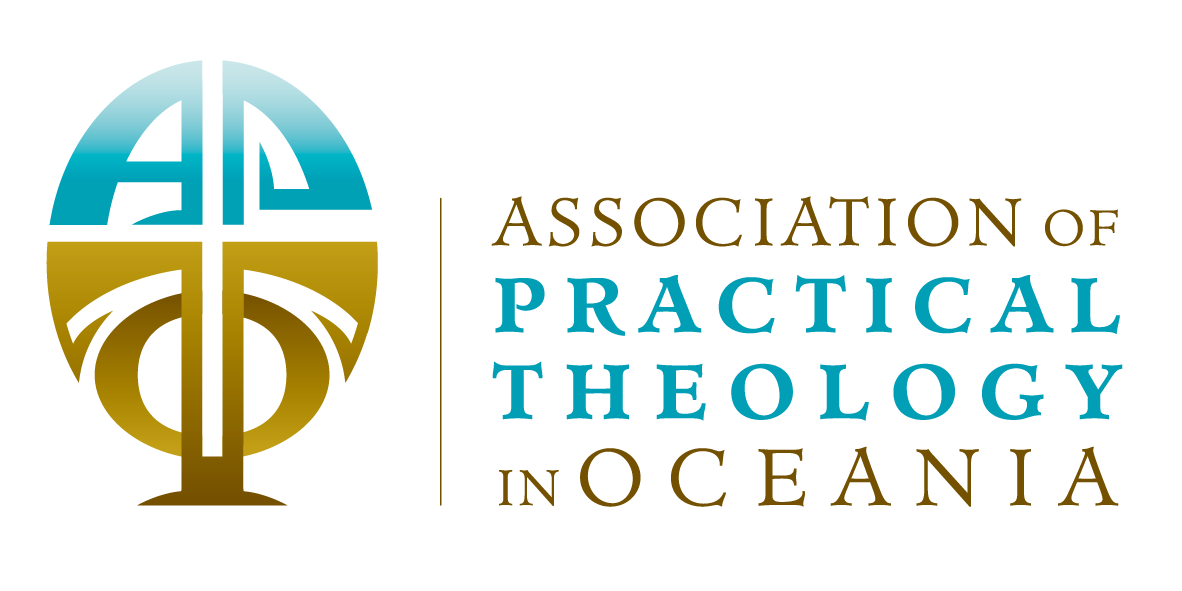

Discussion Time: 2:00pm Thursday 30 November NZDT
Location: F 1.02
The Australian Christian community is on the move, becoming increasingly multiethnic in nature, particularly through immigration from the majority world since 1985, the rise of second and third generations from non-English speaking backgrounds, and the aging nature of monocultural Anglo congregations. Strangeness and difference are visible, resulting potentially in tension, polarization, conflict, segregation, division, and loneliness, and affecting leadership well-being. Under these circumstances, welcoming the stranger, a biblical responsibility for host agents, becomes a challenge, especially to move beyond the Sunday service to areas in the life of local congregations or denominational structures such as governance, fellowship, teaching, and pastoral care. How can welcome and hospitality authentically occur when a gap exists between a theological vision of integration and interculturality within a multi-ethnic church (as expressed in Rev 7:9-10) and reality, when ethnocentrism, standardization and assimilation primarily exist? The Jerusalem church in Acts 15 provides a healthy example for leadership as the way forward. Realizing the biblical vision of welcome and hospitality involves not just strategy and behavioural responses but attitudinal change, a comprehensive theological framework and cultural intelligence by the host agents. An intentional response can emerge through regular cognitive education and action–reflection processes associated with experiential engagement, otherwise the gap between vision and reality will remain.
This paper will show how the massive post-War influx of European immigrants began a long and still continuing process of changing the composition not only of the Australian Catholic population but also of Mass attending Catholics and even of the clergy and religious sisters and brothers from their overwhelmingly Irish character to a multicultural and, eventually, an increasingly Asian one. These demographic changes, together with the social upheaval that occurred across Western societies, and, in particular, the Second Vatican Council and the papal encyclical Humanae Vitae resulted in, among other things, the development of a more global consciousness among Australian Catholics and changes in to their practices, attitudes and beliefs.